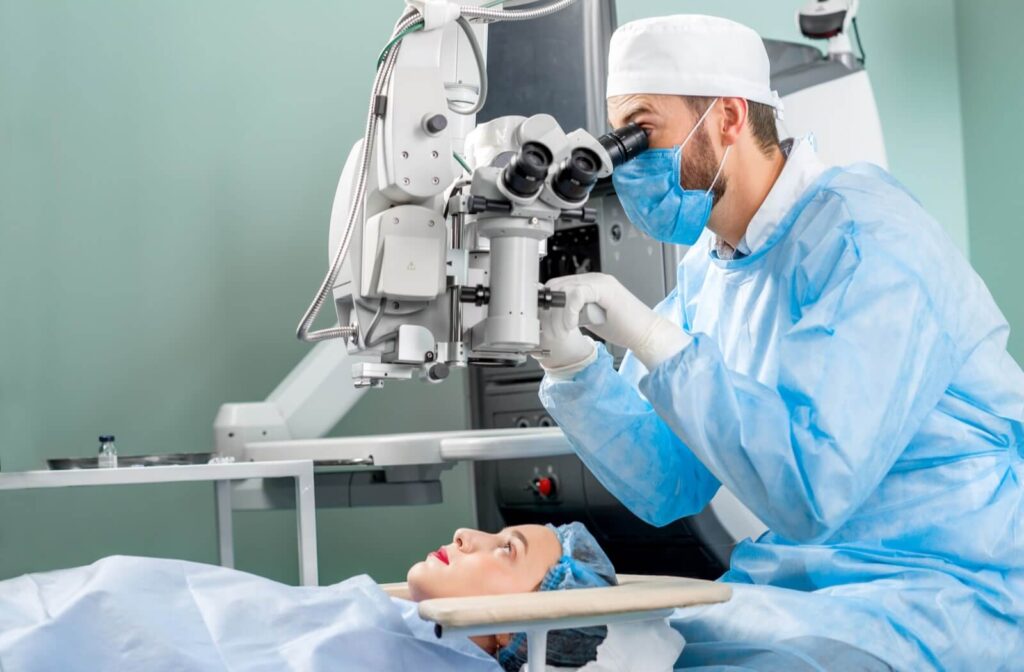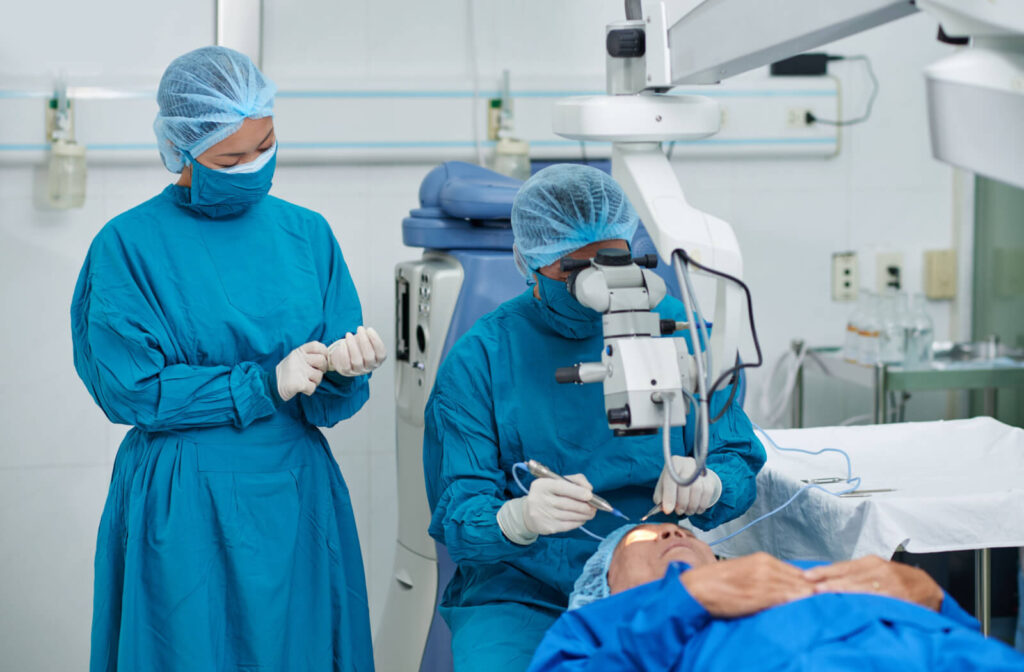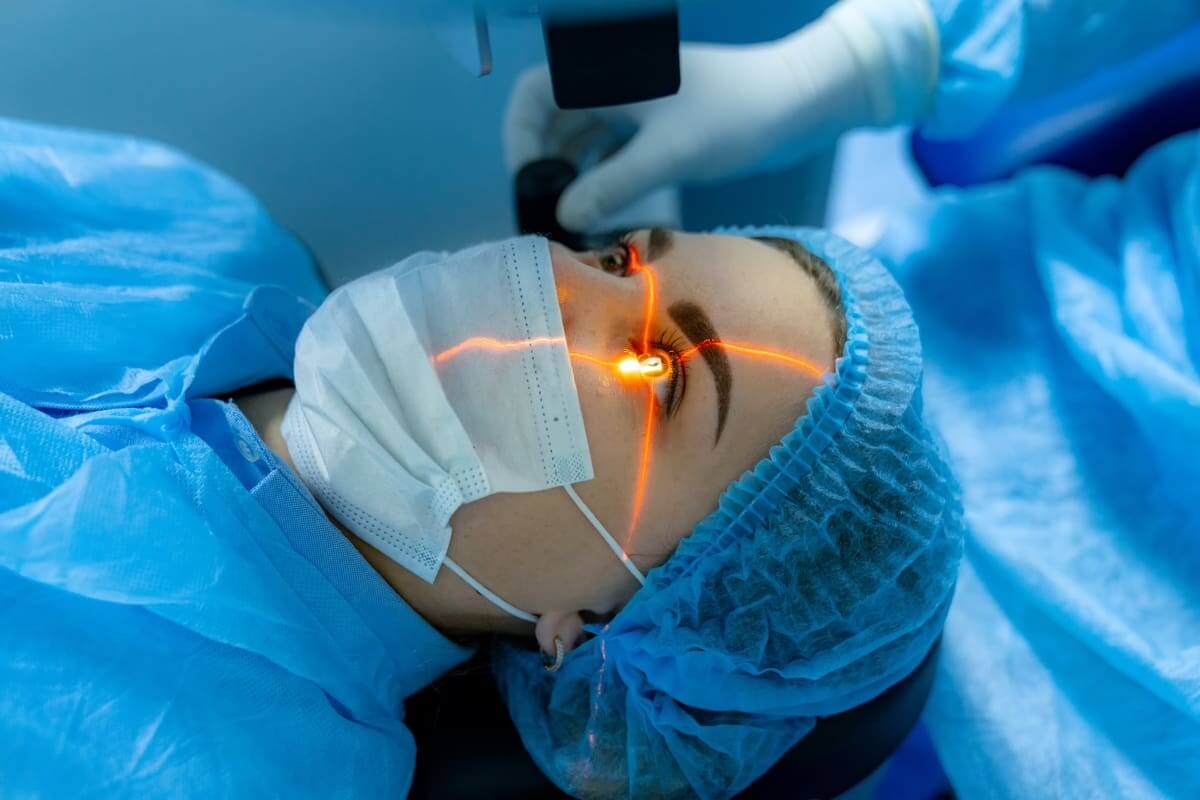Introduction
Cataract surgery is one of the most commonly performed eye procedures in Australia, helping individuals restore clear vision. However, understanding the cataract surgery cost is crucial for those considering the procedure. The total expense varies depending on factors such as hospital type, surgeon expertise, and whether Medicare or private health insurance is used.
What Determines Cataract Surgery Cost in Australia?
The cataract surgery cost in Australia is influenced by several factors, including:
1. Type of Surgery
There are different methods for removing cataracts, including:
- Phacoemulsification: The most common and minimally invasive technique.
- Extracapsular Cataract Extraction (ECCE): Used for advanced cataracts.
- Laser-assisted surgery: A more expensive option with improved precision.
2. Public vs. Private Healthcare
- Public Hospital (Medicare Coverage): Cataract surgery is often covered by Medicare, but waiting times can be long.
- Private Hospital: Costs vary based on the chosen surgeon, hospital, and intraocular lens (IOL) type.

3. Choice of Intraocular Lens (IOL)
Patients can select from different types of lenses:
- Monofocal Lenses: Standard lenses covered by Medicare.
- Multifocal or Toric Lenses: Premium options that enhance vision but come at an additional cost.
Average Cataract Surgery Cost in Australia
The cost of cataract surgery depends on whether it is performed in a public or private hospital.
Public Hospital Costs
For patients eligible for Medicare, cataract surgery in public hospitals is covered. However, there may be out-of-pocket expenses for medications or post-surgery care. Waiting periods can range from several months to over a year.
Private Hospital Costs
Opting for private treatment allows quicker access to surgery, but costs vary widely:
- Without Private Health Insurance: $2,500 to $4,500 per eye.
- With Private Health Insurance: Out-of-pocket costs range from $500 to $1,500, depending on coverage.
- Premium Lens Upgrades: Additional costs of $1,000 to $3,000 per eye may apply.
Financial Assistance and Payment Options
For many Australians, paying for cataract surgery can be a concern. Here are some options to manage the expense:
1. Medicare Coverage
Medicare covers basic cataract surgery in public hospitals. If performed in a private hospital, Medicare provides a rebate, but a gap payment is still required.
2. Private Health Insurance
Having the right private health insurance policy can significantly reduce out-of-pocket expenses. Policies under the hospital cover category usually include cataract surgery.
3. Bulk Billing and Gap Payments
Some eye specialists offer bulk billing, meaning Medicare covers the full cost. However, many private ophthalmologists charge a gap payment, which can range from $500 to $2,000.
4. Interest-Free Payment Plans
Several clinics provide interest-free payment plans, allowing patients to spread the cost over monthly installments.
5. Superannuation Access
Australians facing financial hardship may be able to access their superannuation funds early to cover the cost of cataract surgery.

Comparing Costs: Public vs. Private Surgery
| Factor | Public Hospital (Medicare) | Private Hospital |
|---|---|---|
| Cost | Mostly covered | $2,500 – $4,500 per eye |
| Waiting Period | Several months to a year | Immediate |
| Choice of Surgeon | Limited | Full control |
| Lens Options | Standard monofocal | Multifocal, Toric, Premium |
Additional Costs to Consider
Apart from the surgery itself, patients should consider:
- Initial consultation fees ($150 – $300)
- Post-surgery medication ($50 – $100)
- Follow-up visits (Some may have additional costs if not covered by insurance)
Conclusion
Understanding the cataract surgery cost in Australia helps patients make informed financial and healthcare decisions. While public hospital surgery is cost-effective, private hospitals offer faster access and advanced lens options. Exploring Medicare rebates, private health insurance, and financial assistance programs can help reduce expenses significantly.
If you are considering cataract surgery, consult with an ophthalmologist to discuss costs, treatment options, and financial support available to you.
Related – SMILE Eye Surgery: A Minimally Invasive Laser Vision Correction Explained


